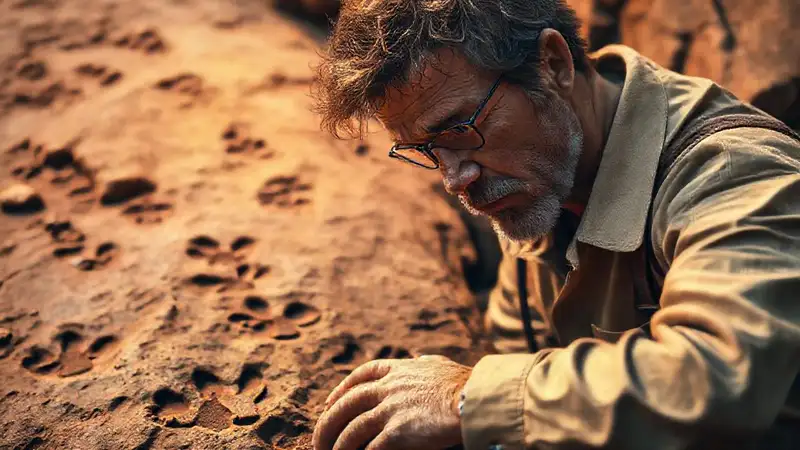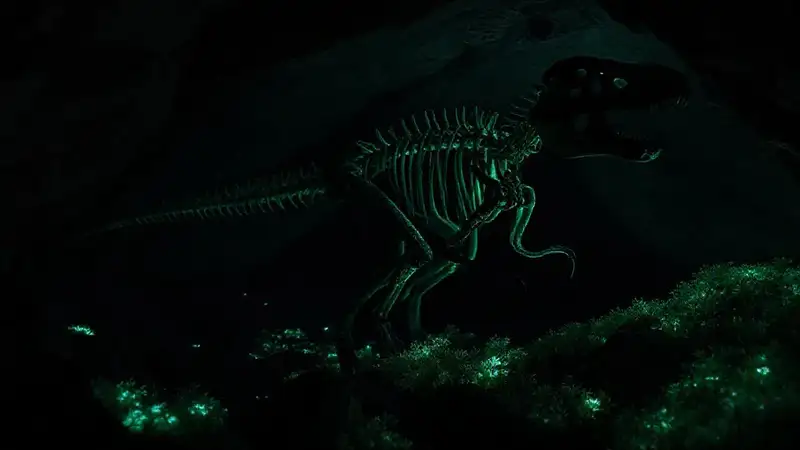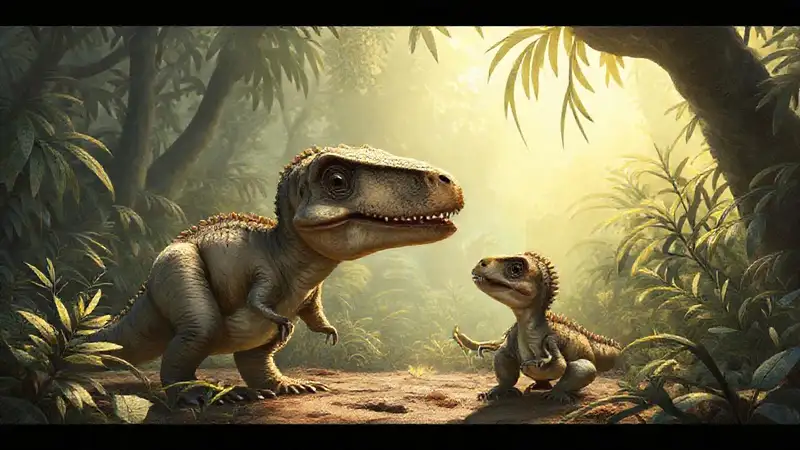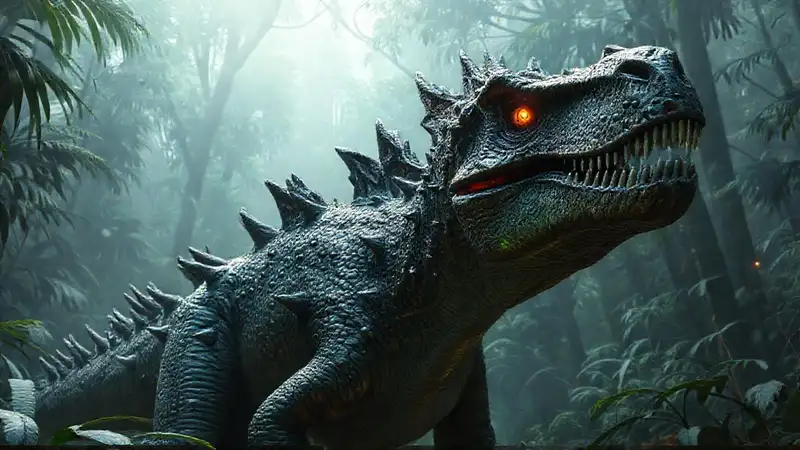The question of how dinosaurs slept has captivated paleontologists and the public alike for decades. Traditionally, dinosaurs were painted as lumbering, slow-moving creatures, suggesting they might have slept in a similar way to modern reptiles – long, deep, and relatively continuous. However, recent discoveries and advancements in biomechanical modeling are challenging these long-held assumptions, proposing a more complex and potentially segmented sleep pattern. This revision of our understanding is fueled by the realization that dinosaur body shapes and potential activity levels differed greatly across various species, leading researchers to explore alternative strategies for conserving energy. It’s a fascinating area of ongoing research and one that provides valuable insight into the lives of these magnificent extinct animals.
The challenge lies in the fact that we lack direct observation of dinosaur sleep. We can only infer their behavior through fossil evidence—including bone structure, muscle attachments, and trackways—and then apply that information to modern animals with similar anatomies. Furthermore, the type of dinosaur – a small, agile predator versus a massive, herbivorous giant – would have profoundly influenced their sleep habits. This exploration aims to piece together a plausible picture of how dinosaurs might have managed their daily routines, including the crucial element of rest.
Fossil Evidence of Muscle Attachments
Paleontologists have meticulously studied the muscle attachment points on dinosaur bones to gain clues about their movement and posture. Research into Tyrannosaurus rex muscles, for instance, suggests that this fearsome predator likely didn't lie completely still while sleeping. The robust musculature around the hips and thighs indicates that T. rex could shift its weight and possibly even partially stand up while resting, a behavior that would have been far more active than simply sprawling out. This contradicts the previous assumption of long, motionless slumber.
The presence of specific muscle groups—particularly those associated with legs and the torso—indicates that dinosaurs weren’t simply static objects. They were capable of dynamic movement, even when apparently resting. This has led to the suggestion that dinosaurs may have employed a “wakefulness” period – a brief period of activity interspersed with shorter periods of sleep – to maintain muscle tone and prevent stiffness. The evidence suggests a degree of activity far exceeding what was previously considered possible.
Importantly, researchers are finding similar evidence in other large theropods and even in some armored dinosaurs like Ankylosaurus. This isn’t a unique characteristic of T. rex; it's increasingly becoming a recognized feature across a broad range of dinosaur groups, suggesting a more generalized trend in dinosaur resting behavior. This fundamentally alters our perception of dinosaur biology.
Biomechanical Modeling and Thermoregulation
Modern biomechanical modeling, utilizing computer simulations, has played a crucial role in revising our understanding of dinosaur movement. Researchers can input data about a dinosaur’s skeletal structure and musculature to predict how it would have moved, including whether it could rest in an upright position. Simulations of T. rex reveal that it could have comfortably rested in a semi-erect posture, likely using its tail for support.
Furthermore, dinosaur thermoregulation—how they maintained their body temperature—is intimately linked to their sleep patterns. Large dinosaurs likely required significant energy to keep warm, especially in cooler climates. A “wakefulness” period, even a short one, could have helped them regulate their body temperature by engaging muscles and generating heat. This highlights the ecological pressures that likely shaped dinosaur sleep strategies.
These models also demonstrate that dinosaurs could have utilized specific postures – such as a curled-up position with their head tucked into their limbs – to minimize surface area exposure and conserve heat, potentially combining it with brief periods of movement for thermoregulation. Understanding their physiology is key to interpreting their behavior.
Behavioral Insights from Trackways

Fossilized trackways – footprints preserved in sediment – offer another invaluable source of information about dinosaur behavior. Studies of Iguanodon trackways, for instance, reveal that these dinosaurs often moved in small groups, suggesting they might have engaged in social activities during the day. This challenges the notion of dinosaurs being solitary creatures spending all their time sleeping.
The patterns of movement in these trackways frequently show a series of short, rapid movements interspersed with longer, slower strides. This rhythm could indicate a pattern of brief bursts of activity followed by periods of relative stillness—akin to a "wakefulness" period – allowing them to forage, evade predators, and maintain social bonds. Analyzing trackway patterns provides valuable clues about dinosaur daily activities.
Furthermore, researchers are examining the spacing between footprints to infer resting periods. Smaller gaps between footprints can indicate shorter periods of rest, while larger gaps suggest longer ones. Combining this data with fossil evidence helps to create a more complete picture of dinosaur behavioral ecology.
Analogies with Modern Animals
To better understand dinosaur sleep, researchers frequently draw parallels with modern animals that exhibit similar body shapes and lifestyles. For example, modern large reptiles, such as crocodiles and alligators, frequently rest with one eye open and half of their body exposed, allowing them to remain vigilant for predators. This behavior suggests a compromise between rest and alertness.
Similarly, many large mammals, like elephants and rhinoceroses, can rest with one leg raised, maintaining a degree of muscle tone and postural stability. These comparisons offer a framework for understanding how dinosaurs may have evolved similar strategies. The ability to partially awaken during rest is a common theme across diverse animal groups.
Ultimately, by studying these modern analogs and applying our growing knowledge of dinosaur anatomy and behavior, we are beginning to develop a more nuanced and realistic understanding of how these magnificent creatures managed their daily lives, including their patterns of sleep and rest.
Conclusion
The evidence overwhelmingly suggests that dinosaurs did not simply lie motionless for extended periods. The integration of fossil evidence – particularly concerning muscle attachments – biomechanical modeling, and analysis of trackways—has transformed our understanding of their resting behavior. The concept of a “wakefulness” period, characterized by brief periods of activity interspersed with shorter periods of sleep, provides a compelling explanation for their diverse movements and physiological needs.
As research continues, we can anticipate further refinements to our understanding of dinosaur sleep. Continued study of new fossil discoveries and the application of increasingly sophisticated modeling techniques will undoubtedly shed further light on the complexities of dinosaur evolution and behavior, ultimately providing us with a more complete and fascinating glimpse into the lives of these incredible extinct animals.





Deja una respuesta